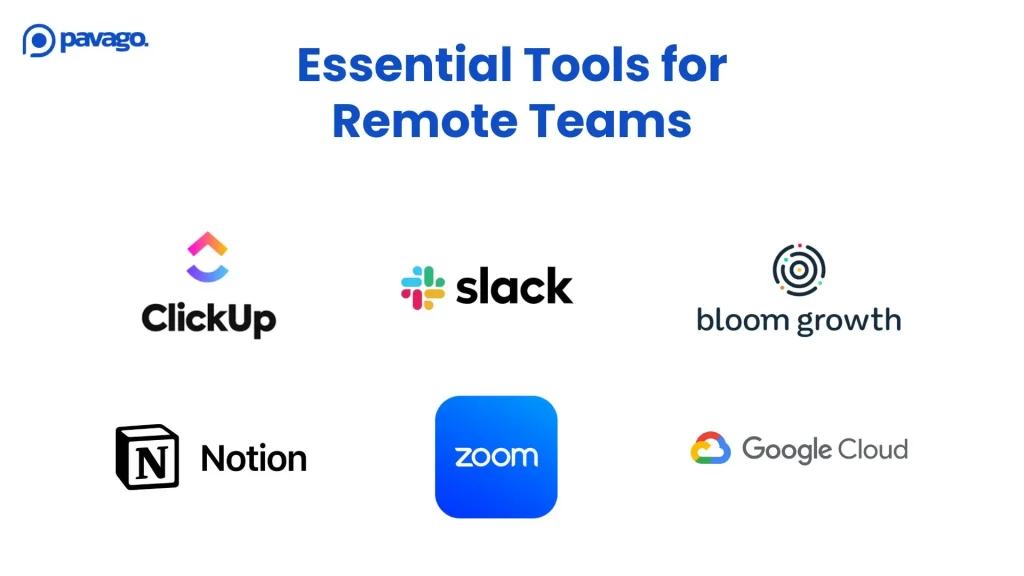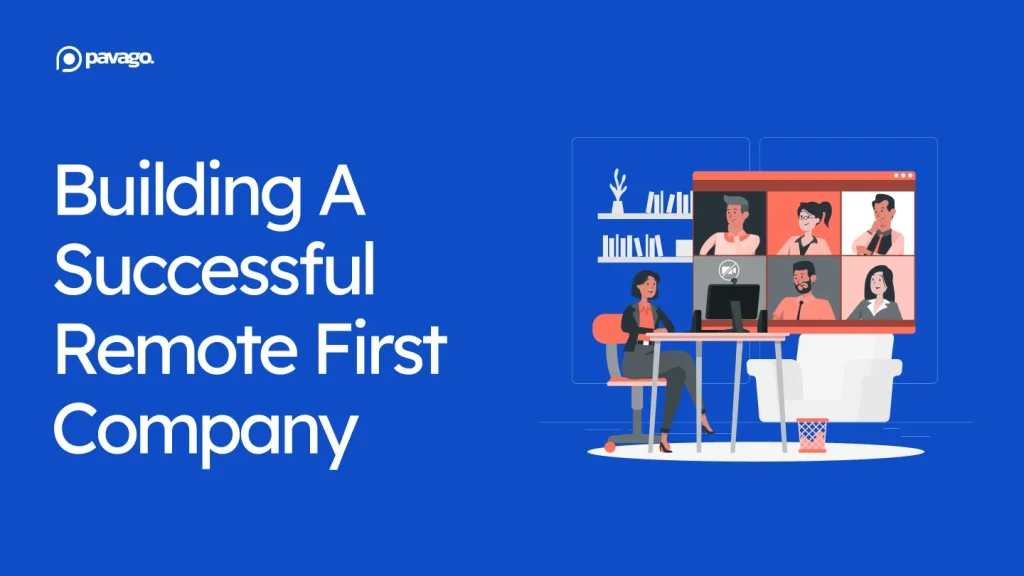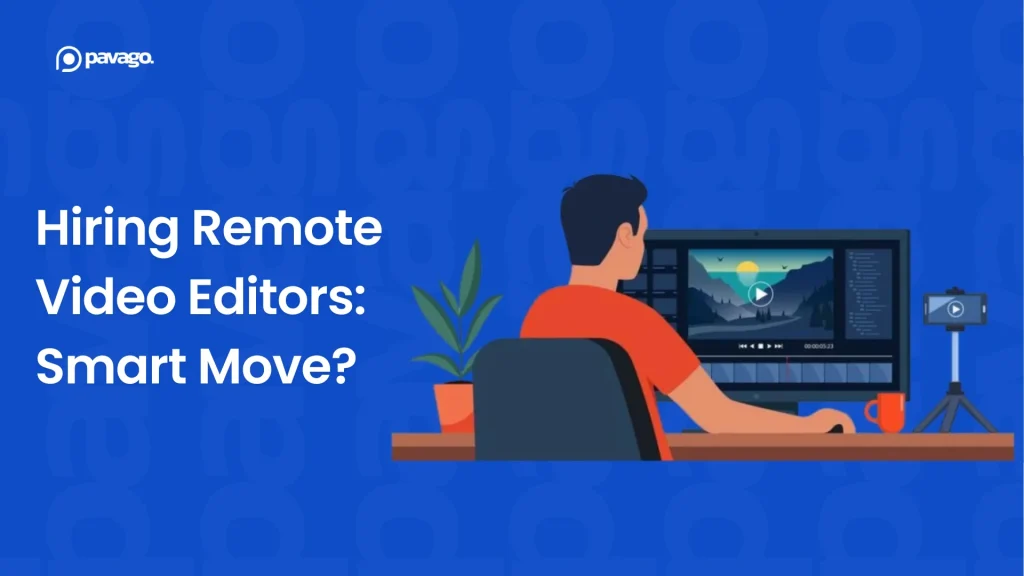If you’re reading this article, you’re probably at a crossroads.
Your team is stretched thin. You’ve got open roles that traditional recruiters are taking months to fill. And the talent pool locally? Either too expensive or too hard to find.
I’ve been there.
I’ve set up three companies with fully remote teams, and I learned the hard way what works and what doesn’t. The first one was chaos. We hired people who looked great on paper but couldn’t execute independently. Our communication was a mess. People burned out.
The second and third times? We got it right.
Building a remote first company isn’t just about letting people work from home anymore; it’s about accessing world-class talent globally while cutting costs and staying lean.
But here’s the catch: most companies do remote work wrong. They end up with isolation, miscommunication, and hiring the wrong people who look good on paper but can’t execute independently.
Here’s what actually works – based on what I’ve learned and what we’ve seen work for hundreds of founders.
Defining Remote First: What It Really Means in 2025
Remote-first isn’t a perk anymore. It’s a competitive advantage. Companies like Spotify proved years ago that remote-first businesses can outpace traditional ones.
But the gap isn’t just about flexibility – it’s about access. When you’re remote-first, you’re not competing for local talent. You’re fishing in a global pond of A-players.
What You Need to Know
- Remote work is the foundation: Your company should operate as if everyone is remote, even if some people are in the office occasionally.
- Work-life integration: It’s about flexibility. Employees should have the freedom to manage their time in a way that works for them, without burning out or compromising productivity.
- Tech that supports remote work: The right tools are essential. Invest in software that makes remote collaboration seamless and ensures everyone can do their best work, no matter where they are.
Remote-first is not just a buzzword; it’s a long-term strategy that can make your company more agile and efficient. Get this right, and you’ll set the stage for sustainable growth.
The Hidden Cost of Bad Remote Hiring (And Why It Happens)
Here’s what usually goes wrong:
A founder or hiring manager posts a job on a generic platform. They get flooded with applications. They pick based on resume keywords and a gut feeling from a 30-minute Zoom call.
Six weeks later, the person doesn’t ship. They’re either unmotivated, overwhelmed, or simply not equipped to work independently.
The real issue? You were hired for a job, not for remote work.
Remote talent requires different traits. A brilliant engineer who thrives in an office environment with constant collaboration might completely crash when left to their own devices.
Conversely, someone who looks less impressive on paper might be the most productive person you’ve ever hired if they’re self-directed and communicate clearly.
This is where most hiring goes sideways, and where it costs you money. The difference between DIY remote hiring and doing it right:
| Approach | Time to Hire | Cost | Risk |
|---|---|---|---|
| Generic job boards | 8-12 weeks | Low upfront, high churn | Constant replacements |
| Recruiter (US-based) | 6-8 weeks | $5K-$8K per hire | High cost, limited talent pool |
| Pavago (vetted offshore) | 3 weeks | $500/year membership + $329/month per candidate | Lowest turnover |
Pavago doesn’t just source candidates. We vet for remote work fundamentals – self-motivation, communication clarity, cultural fit – not just technical skills.
Building a Strong Remote Culture from Day One
Creating a remote first company doesn’t just mean setting up the right tech and systems – it’s also about building a strong culture.
A remote-first culture fosters trust, transparency, and inclusivity despite the physical distance between team members. To achieve this, you need to set clear expectations and establish processes that keep everyone aligned, even when they work in different time zones.
Start with Clear Communication
In a remote first company, communication is everything. Since everyone is not in the same office, you rely on tools and practices that keep everyone in the loop.
Start by defining your communication channels: which tools will be used for quick updates, which ones for deeper collaboration, and which for more formal communications.
Tools to Use:
- Slack: Use it for casual communication and team bonding.
- Zoom: Ideal for face-to-face meetings, even if they’re virtual.
- Bloom Growth: Great for tracking goals, metrics, and issues.
Set Up Regular Check-ins
In a remote-first setup, staying connected can be harder, so regular check-ins become essential.
This doesn’t mean micromanaging your team, but ensuring they have the support they need to stay on track.
Whether it’s weekly team meetings or one-on-ones, having a consistent rhythm for meetings helps build a routine and fosters a sense of belonging.
Promote Asynchronous Work
One of the benefits of remote-first companies is the ability to leverage asynchronous work.
While real-time meetings have their place, it’s important to embrace working on your own schedule. This allows teams in different time zones to contribute meaningfully without needing everyone to be online at the same time.
Related: Onboarding Remote Employees – The Ultimate Checklist for Startups

Prioritizing Productivity & Mental Health in a Remote-First Company
When you’re running a remote first company, it’s easy to focus solely on productivity – after all, the goal is to get results. But it’s just as important to keep mental health in mind.
Remote work offers flexibility, but it can also lead to isolation, burnout, and blurred boundaries between work and personal life.
1. Focus on Results, Not Hours
In a remote-first environment, productivity should be measured by the outcome rather than the number of hours worked.
Move away from tracking time and focus on setting clear goals and KPIs (Key Performance Indicators). This helps employees manage their time independently, and it allows you to assess their performance based on real results.
Related: How to Effectively Manage Remote Employees in 2025
2. Mental Health Is Critical
Mental health often takes a backseat in a remote-first setup, but it should be a top priority. Employees who are stressed, overworked, or isolated can’t be productive.
Consider implementing mental health programs, like virtual therapy sessions, wellness challenges, and regular mental health check-ins. This helps keep your team engaged and reduces the risk of burnout.
3. Breaks and Boundaries
Encourage employees to take regular breaks and respect their personal time. The beauty of remote work is that employees have the flexibility to structure their day.
Support them by promoting work-life integration instead of trying to enforce a rigid 9-to-5 structure. Avoid using time-tracking tools; instead, track results. This allows employees to manage their own time while ensuring they meet their objectives.
A successful remote team thrives on productivity and well-being. Pavago connects you with A-player remote professionals who value both efficiency and a healthy work-life balance.
Let’s build your ideal team!
Technology and Tools for a Seamless Remote Experience in 2025
For a remote first company, the right technology and tools are essential to ensure smooth operations.
Remote work can quickly become chaotic without the proper systems in place. Your tech stack should enable collaboration, productivity, and communication, all while keeping security top of mind.
Collaboration Tools
- Slack: Used for team communication, channel-based discussions, and real-time collaboration.
- Zoom: A go-to for video meetings and webinars, helping teams stay connected despite the distance.
- Notion or Confluence: Both tools help store and organize knowledge, notes, project details, and documents for easy access by the entire team.
Project Management
- ClickUp: This tool is excellent for managing tasks, setting priorities, and tracking deadlines across teams. Its customizable interface helps teams stay on top of everything.
- Bloom Growth: A great project management tool designed for growth-focused teams, helping you track progress, streamline workflows, and ensure team members stay aligned on key objectives.
Security
- VPNs and Cloud Storage: Protecting your company’s data is crucial, especially with remote teams.
Investing in secure, encrypted connections (e.g., NordVPN) and cloud storage (e.g., Google Drive, Dropbox) ensures that sensitive information remains protected, regardless of location.

How to Find Top Talent in a Remote-First Setting
Hiring top talent for a remote first company isn’t the same as hiring for an in-office role. You need individuals who are not only skilled but also thrive in a self-motivated, independent, and flexible environment.
What to Look for When Hiring Remote Talent
When you’re hiring for a remote first company, here are the key traits you should look for:
- Self-Motivation and Independence: Remote employees need to be able to manage their own time and stay productive without constant supervision.
Look for candidates who are proactive, organized, and able to complete tasks efficiently without needing reminders. - Strong Communication Skills: Since remote teams rely on written and digital communication, strong verbal and written communication skills are crucial.
Candidates should be comfortable using tools like Slack, Zoom, and email to stay connected with their team and ensure clarity in communication. - Cultural Fit: A good cultural fit is still essential in a remote-first environment.
Even if employees are working remotely, they need to align with your company’s values and be able to collaborate effectively with other team members, even if it’s virtually. - Adaptability: The ability to pivot quickly and adapt to changes in technology, processes, and workflows is critical in a remote-first setting.
Remote workers often face new challenges, and the best employees are those who can roll with the punches and maintain productivity.

Where to Look for Remote Talent
Once you know what you’re looking for, it’s time to find the talent. Here are some of the best places to search for professionals for your remote first company:
Job Boards
Websites like We Work Remotely, Remote OK, and FlexJobs have a wide range of remote-specific job listings across various industries.
Freelance Platforms
If you’re looking for more specialized skills, freelance platforms like Upwork and Fiverr offer a pool of talent that can be hired for specific projects or longer-term engagements.
Social Media and Networks
LinkedIn and Twitter can be excellent platforms for connecting with remote talent. Slack communities and Facebook groups dedicated to remote work can also help you network and discover qualified candidates.
How Pavago Changes the Equation
This is where most hiring goes sideways, and where Pavago solves a real problem. Instead of you spending 3-4 weeks sourcing, interviewing, and vetting candidates with a 50/50 hit rate, Pavago does the heavy lifting.
Here’s what actually happens:
We source A-players from our vetted network across Latin America, Pakistan, and South Africa – regions with deep talent pools and lower salary expectations than US equivalents (without sacrificing quality).
The math:
- Cost: $329/month per candidate (flat fee) + $500 annual subscription
- Time to productivity: 2-3 weeks instead of 8-12
- Hit rate: 85%+ retention and performance vs. 40-50% with DIY hiring
- Salary: 40-60% lower than comparable US talent
For a startup scaling from 10 to 25 people, this is the difference between hemorrhaging money on bad hires and actually building a successful remote first company.
Roles we can help you hire for:
Real example: A founder we worked with needed three developers and a product manager. Traditional recruiting would’ve cost $25K-$30K and taken 10-12 weeks.
With Pavago? $500 membership fee + $987/month for handling payroll, 3 weeks, and all four are still there 10 months later.
Wrapping It Up
If you’re a founder, CTO, or hiring manager who wants to build a remote first company but is tired of the recruitment grind, Pavago can cut your hiring time in half while giving you access to world-class talent at 40-60% lower cost.
We handle sourcing, vetting, and placement. You handle growing your business.
Start with one hire. See how it goes. Then scale from there.
Tell us about your next role, and we’ll show you what top-tier remote talent actually looks like.
















